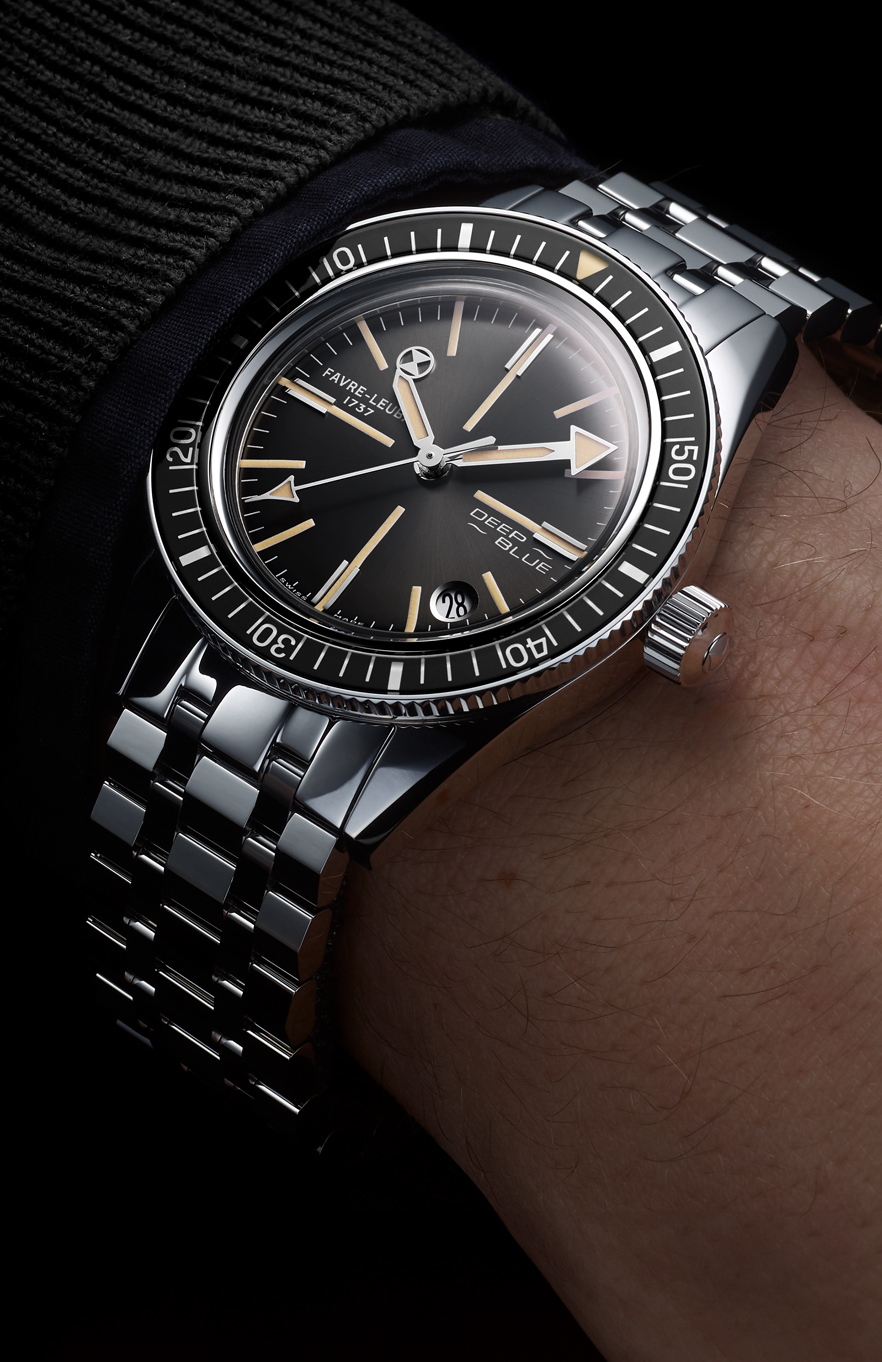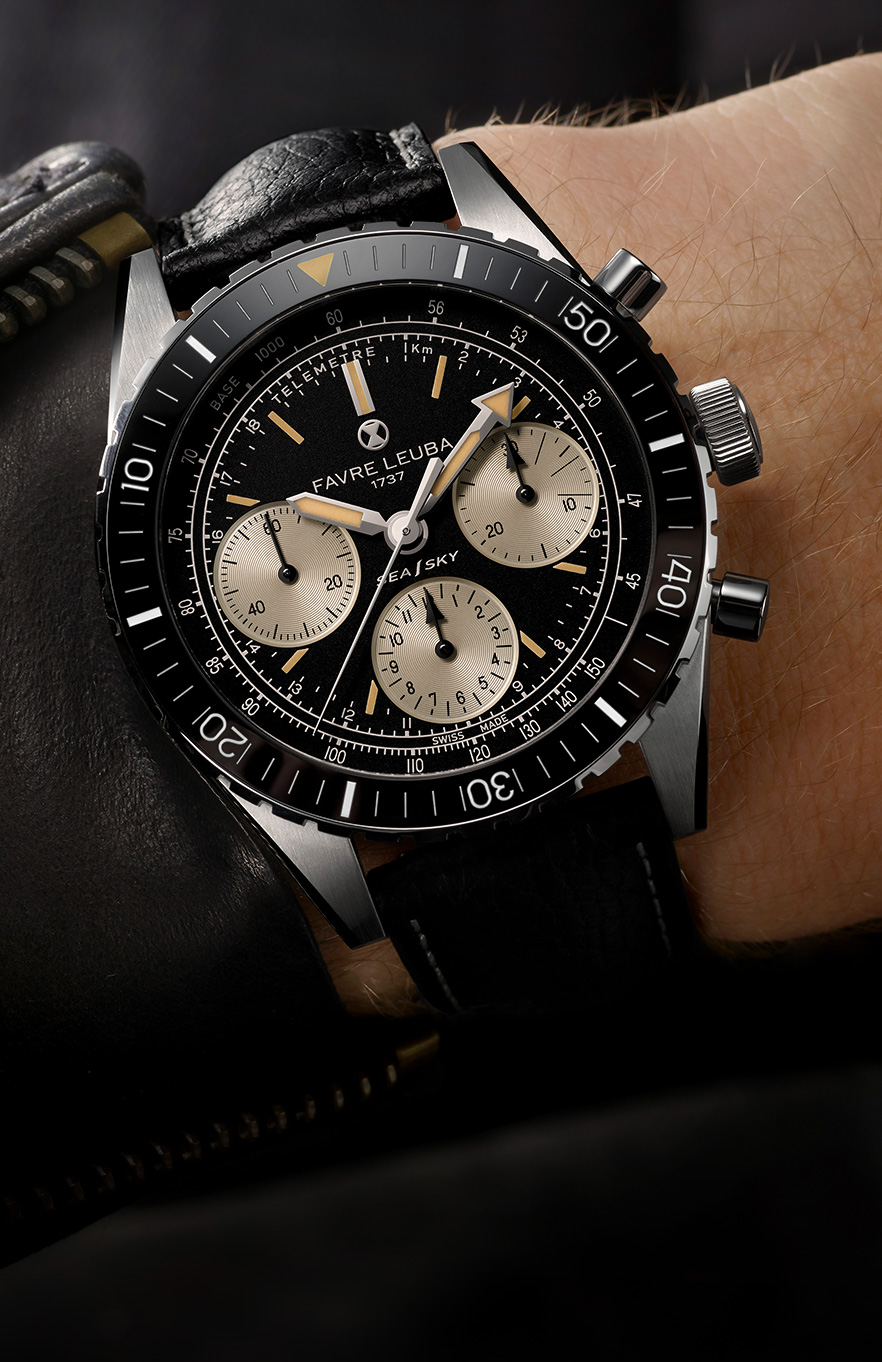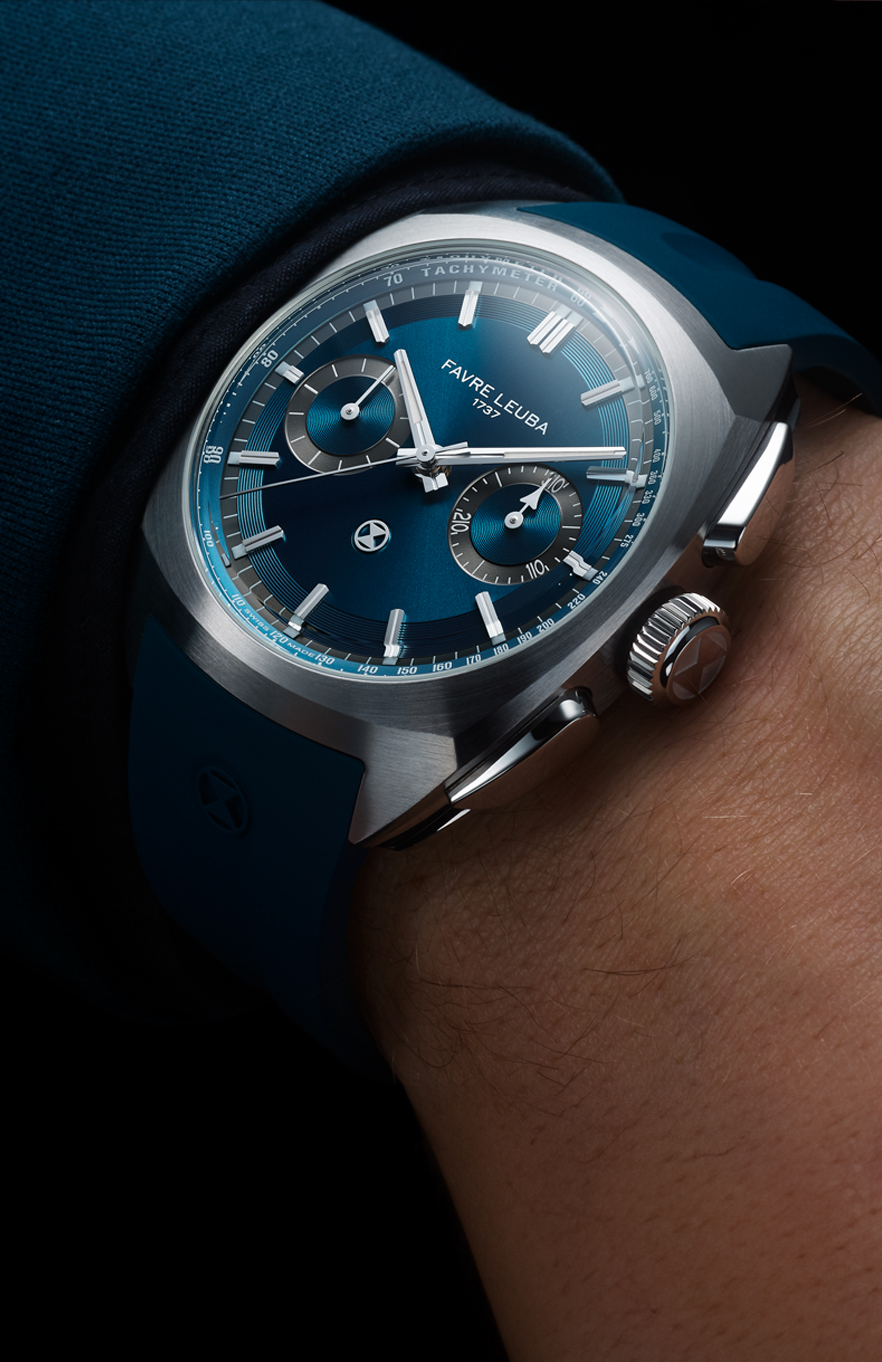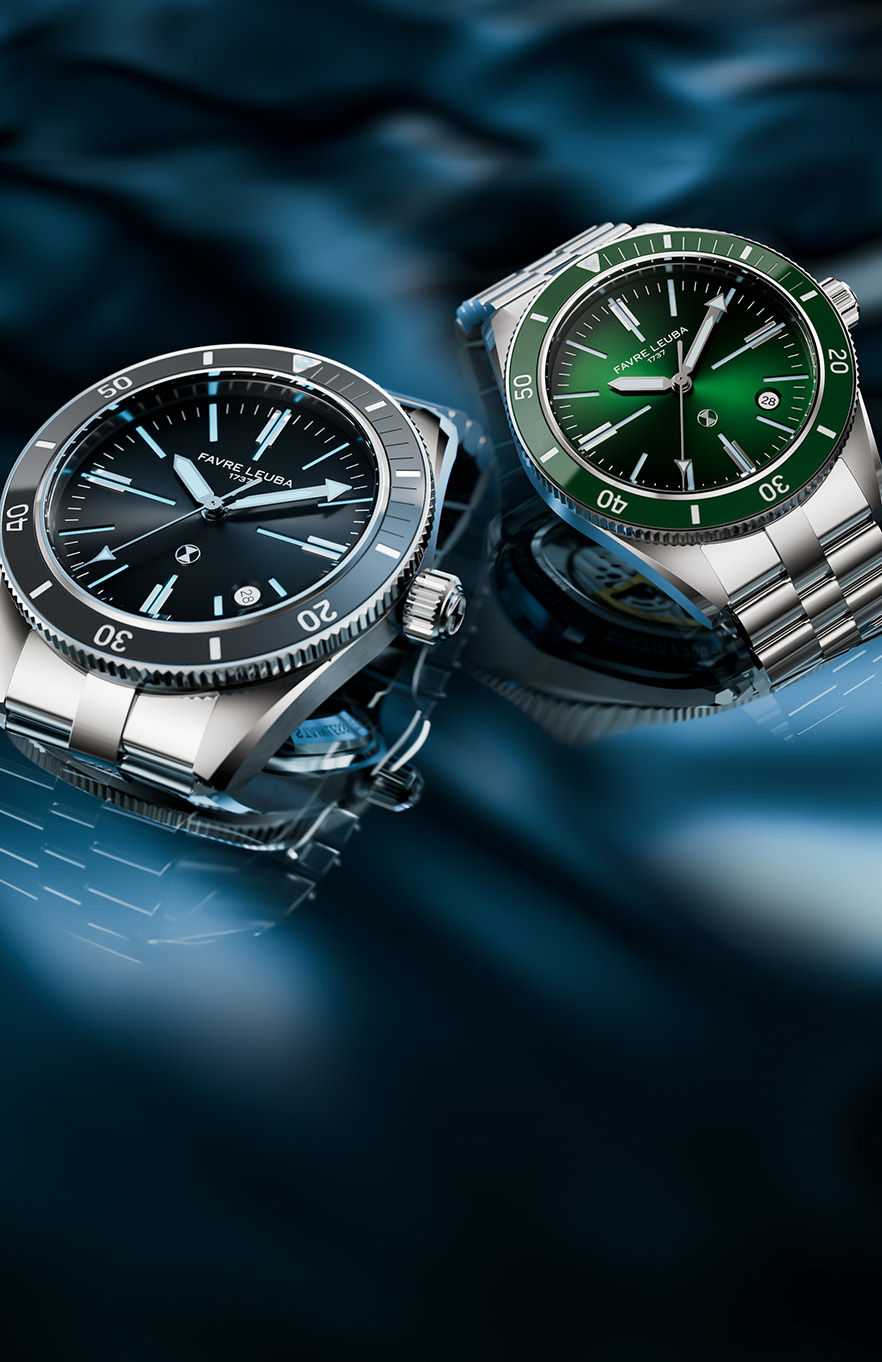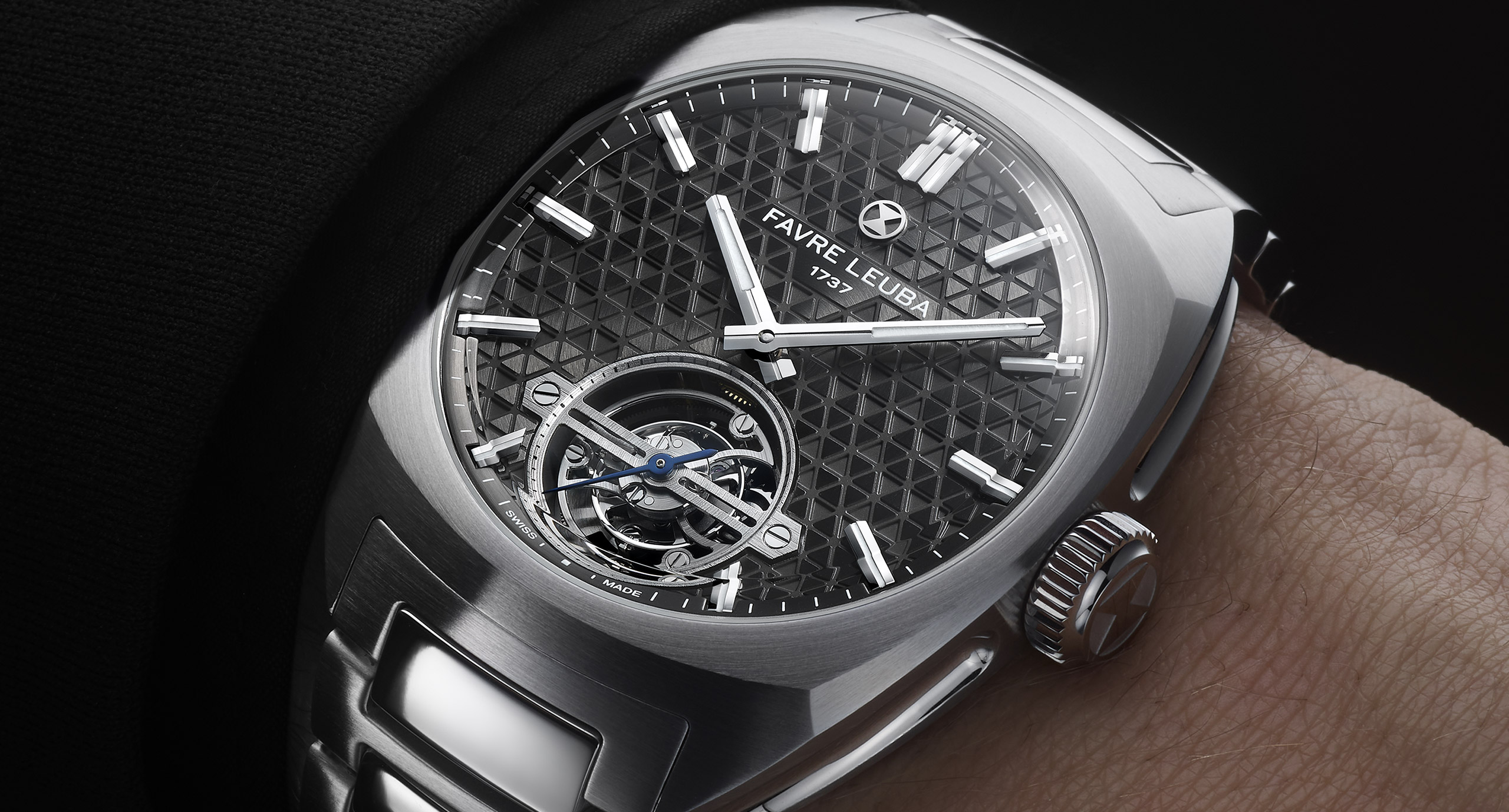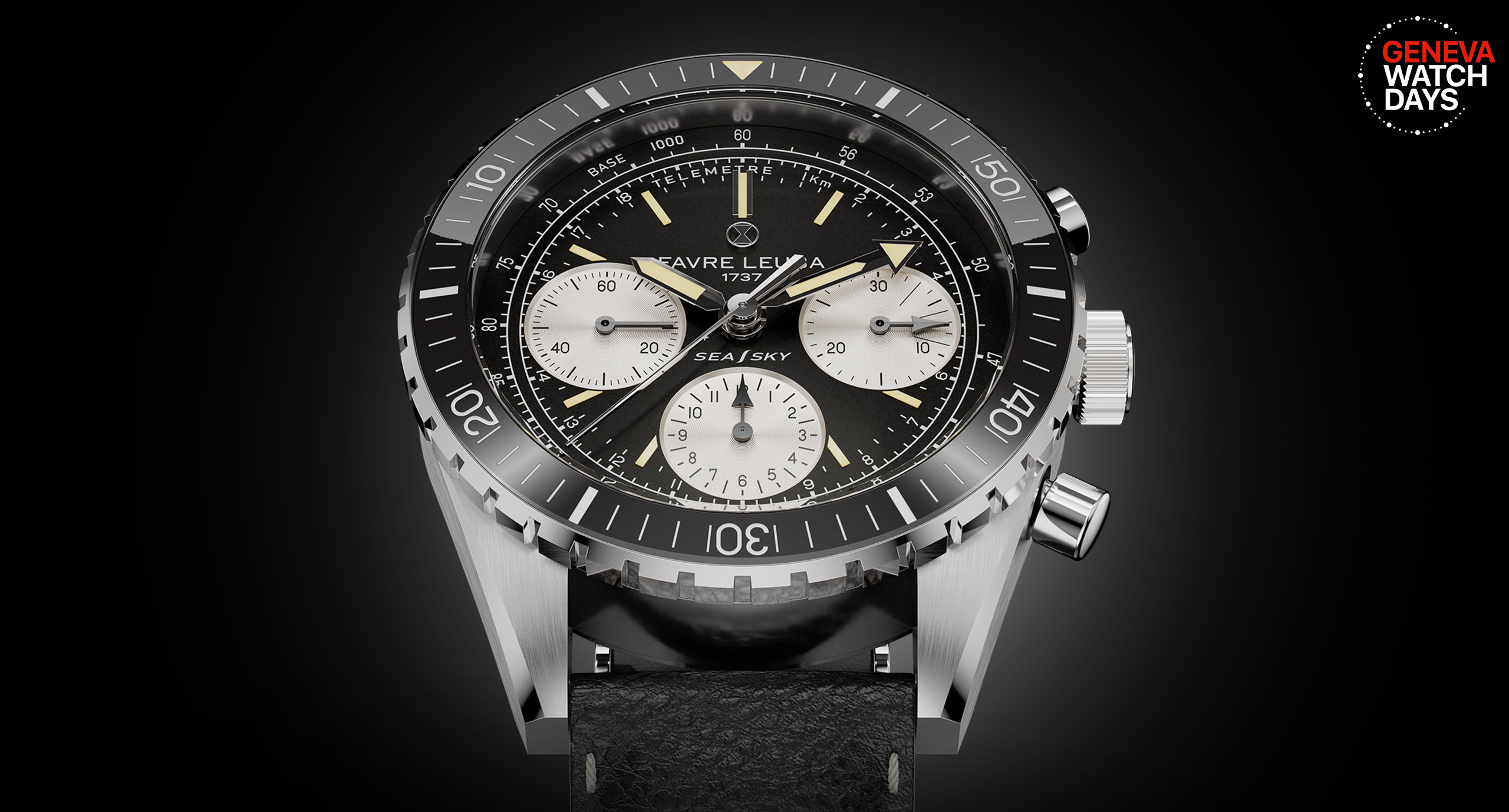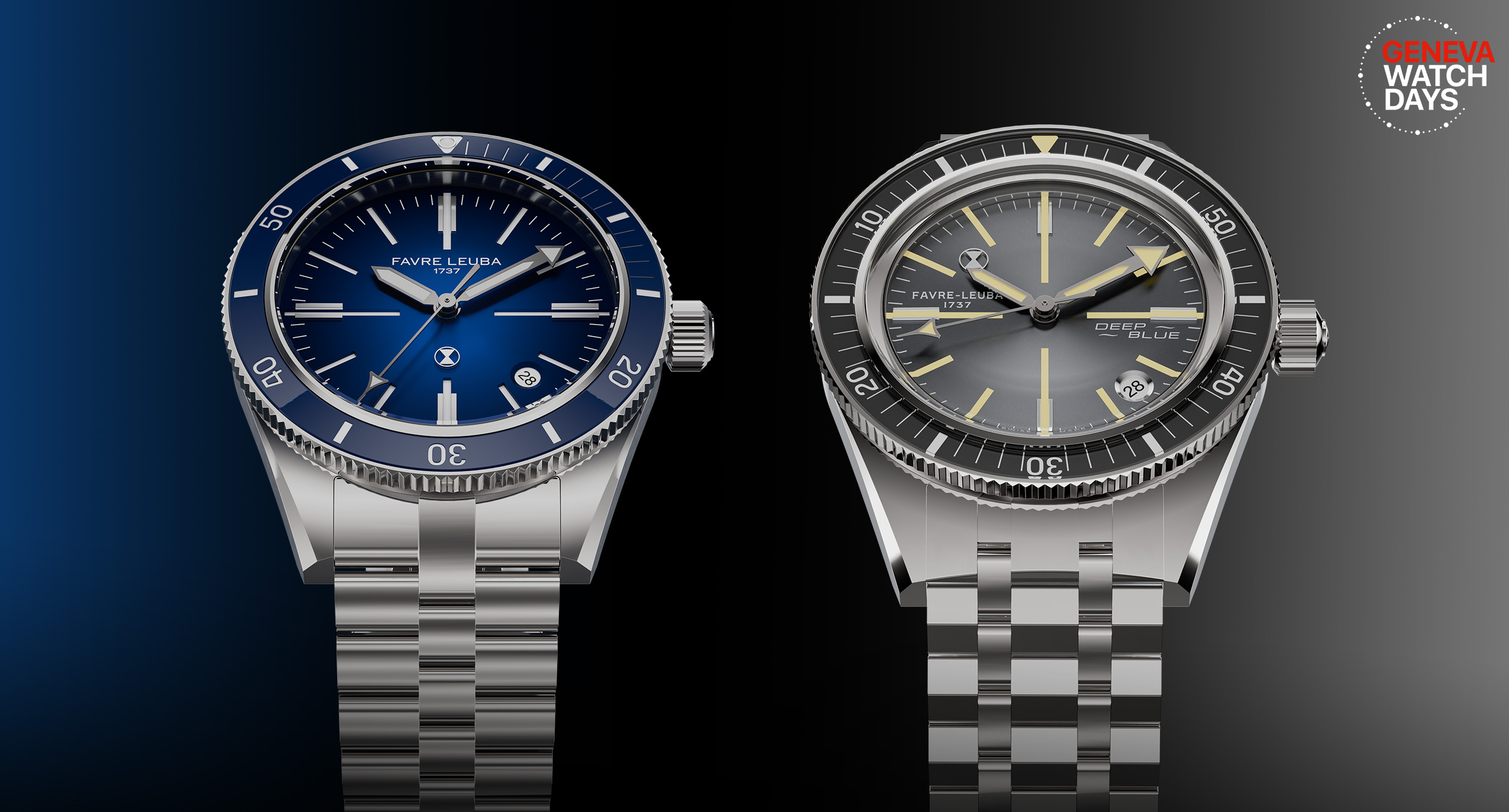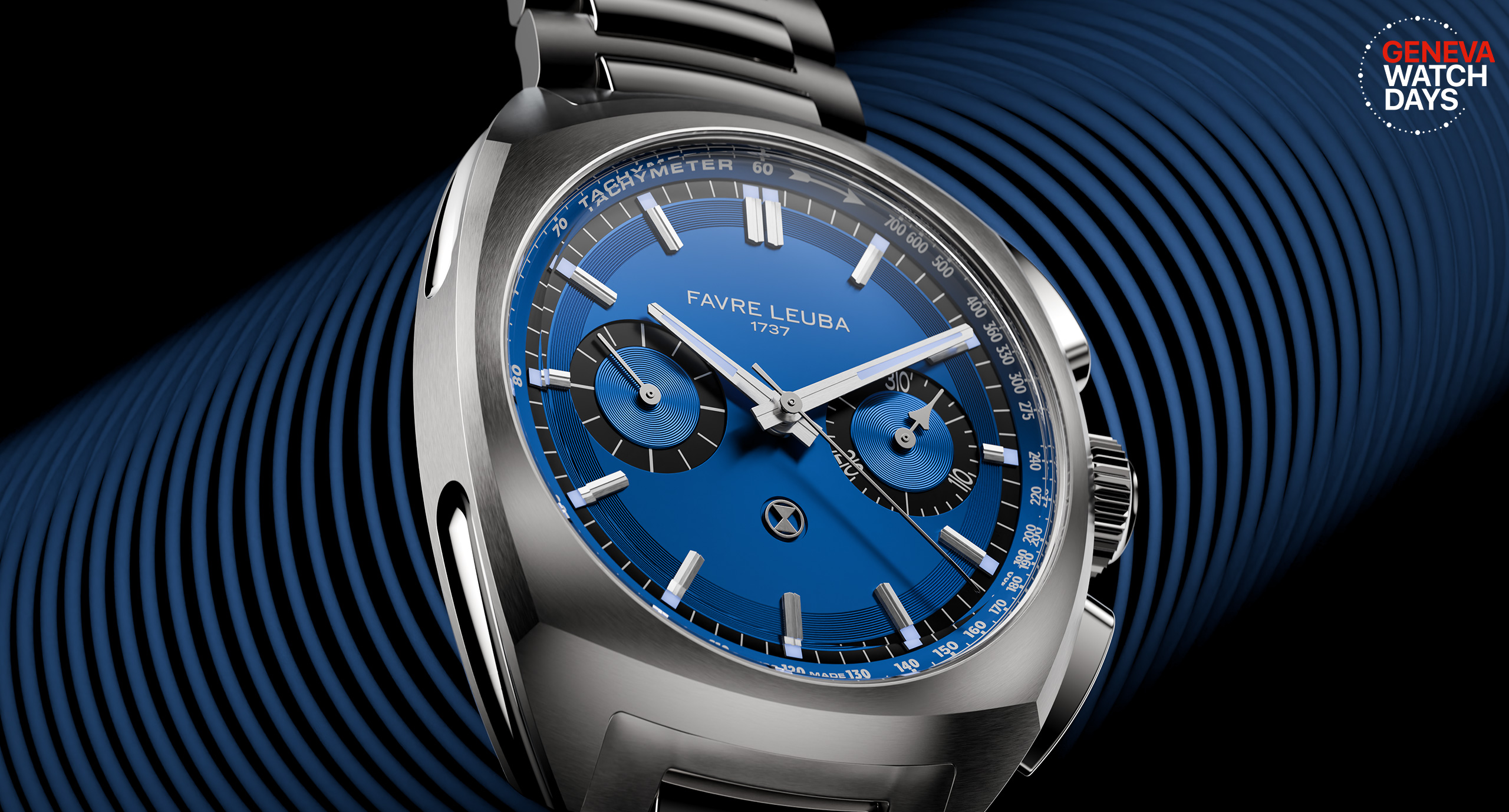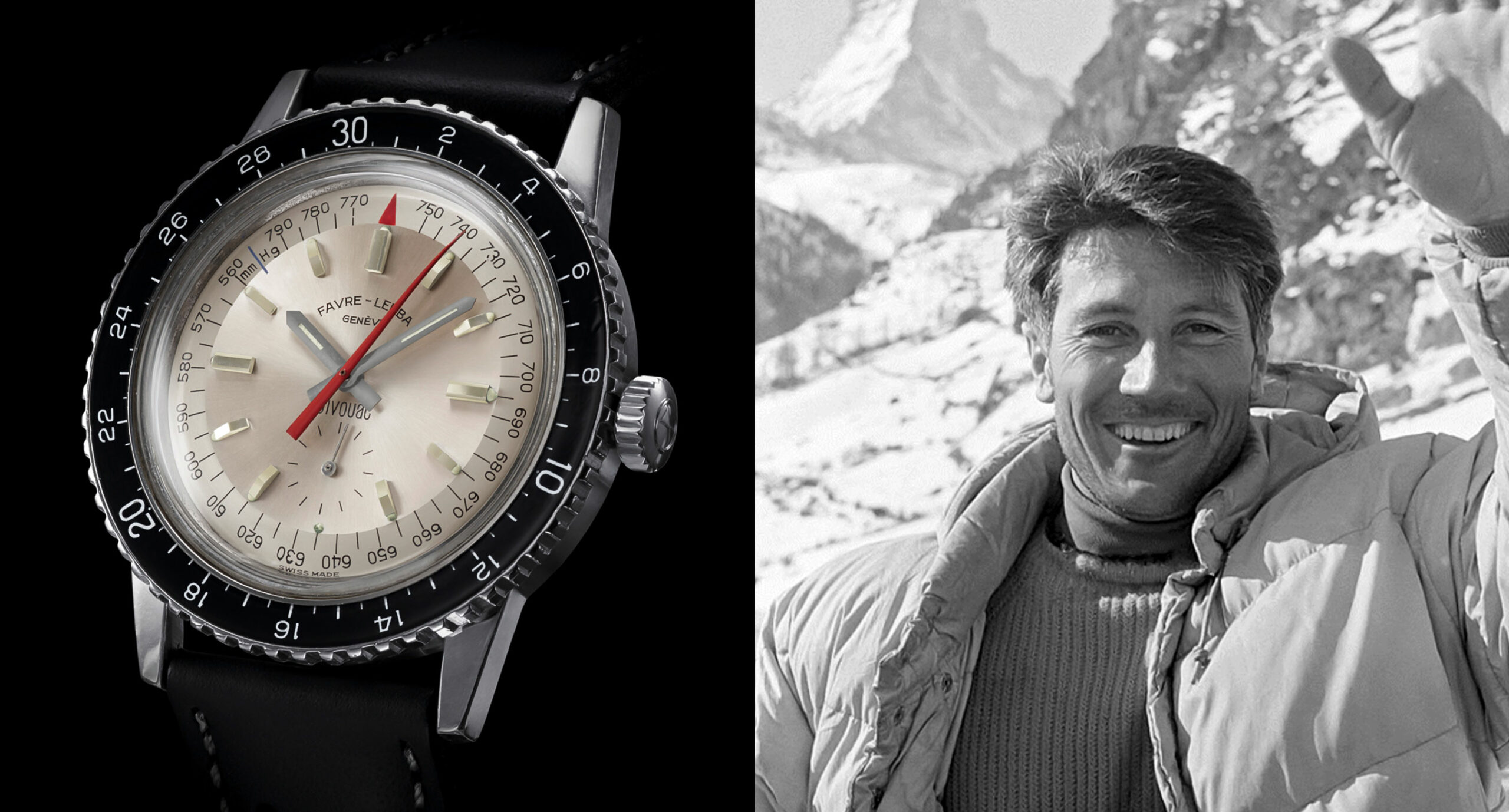Continuing the revival and legacy of ‘conquering frontiers’, Favre Leuba has introduced its first-ever tourbillon—a major step forward for the brand in the world of haute horlogerie. And this tourbillon is seen in all its glory in their newest collection, the Chief, which was unveiled last year, when the brand was revived, after a hiatus, at Geneva Watch Days. As a part of our continuing commitment to the art of watchmaking, the brand collaborated with movement maker Jean-François Mojon, who developed the caliber of the Chief Tourbillon.
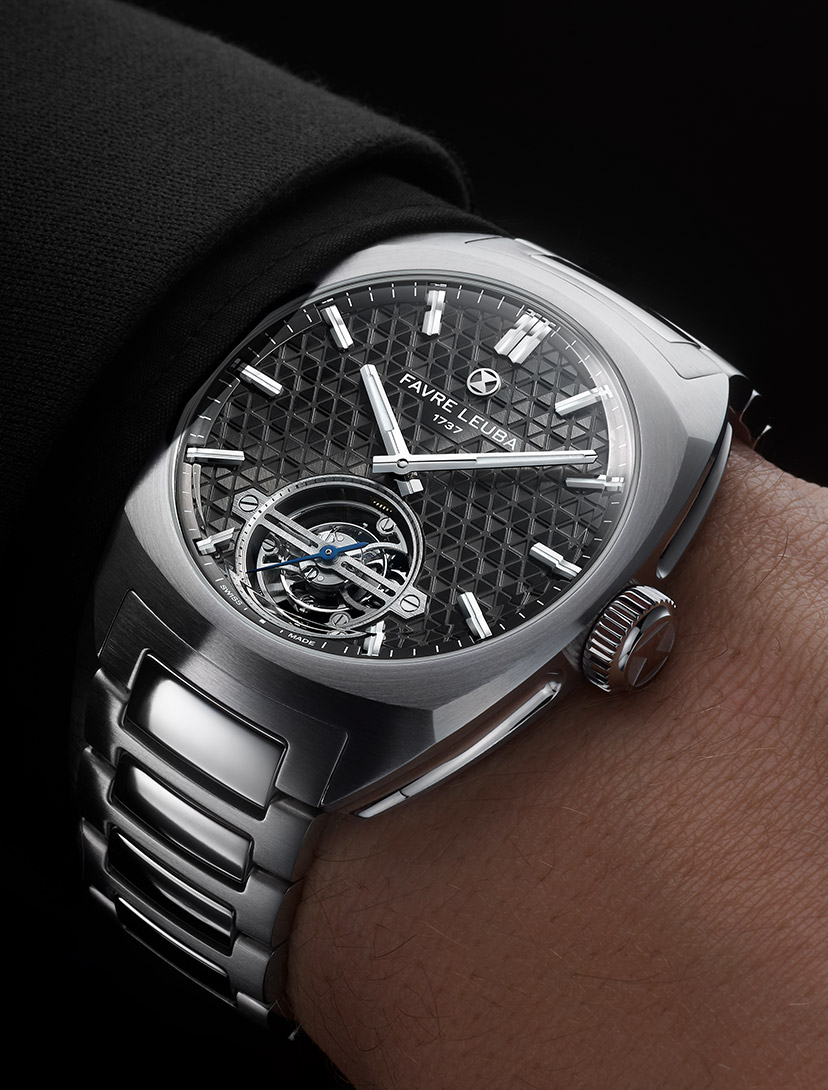
The Chief Tourbillon’s Caliber
Touted as one of the most inventive movement makers, Mojon has been a part of developing movements for the likes of MB&F, Czapek and Hermès. The established movement Chronode C502 was completely reworked at Mojon’s atelier, where it was adapted into the 60-hour manual-winding caliber FL T01 for the Chief Tourbillon. It remains true to Favre Leuba’s DNA, in terms of its architecture as well as performance. Measuring 14.85mm in diameter, the tourbillon cage features horizontally brushed finishing on the top surface, while there is a circular-grain finish on the outer seconds track.
“Favre Leuba have long been one of the most storied and respected names and they have a fantastic history of own movements,” expresses Mojon. “The opportunity to contribute to this new chapter in the brand’s history is truly an honor and a privilege.”
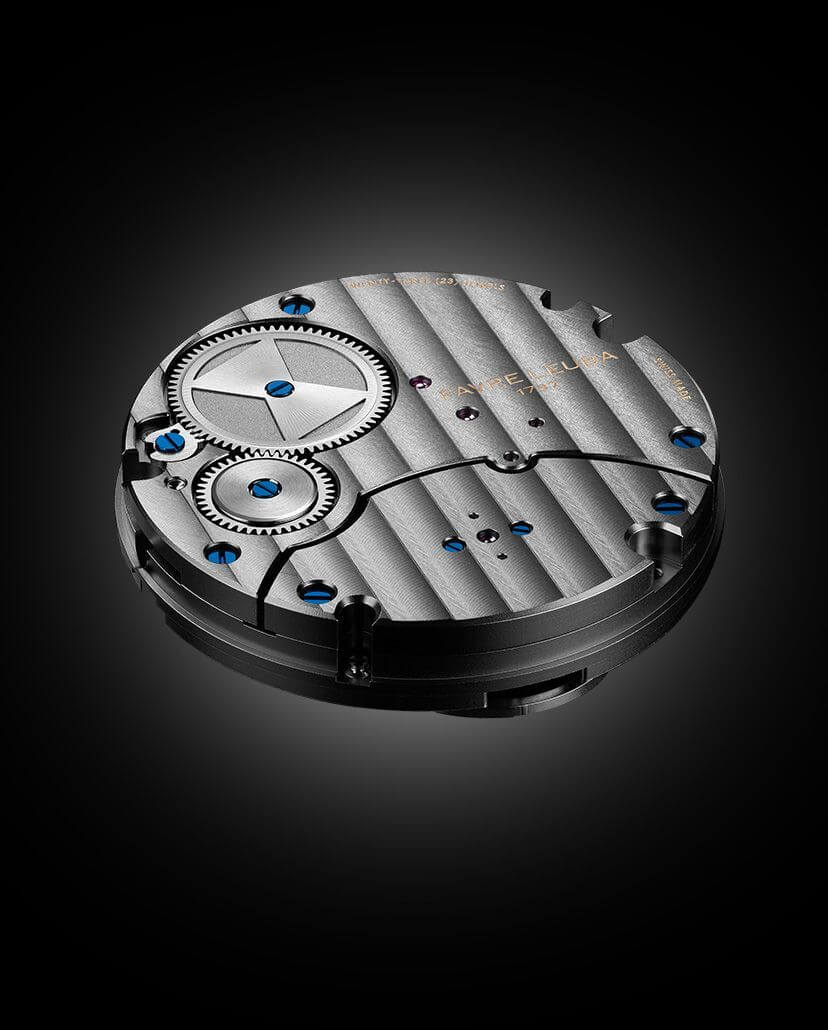
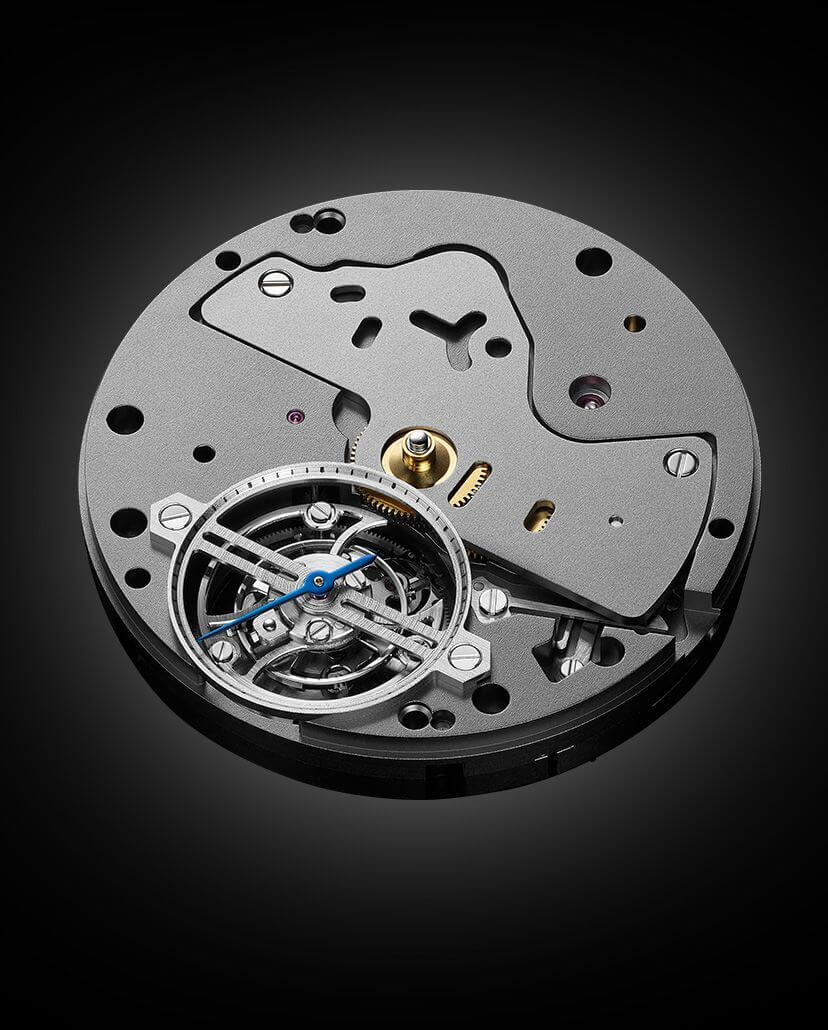
With Geneva stripes and blued screws as part of the decoration, the movement has an anthracite finish and even features Favre Leuba’s hourglass emblem on the ratchet wheel.
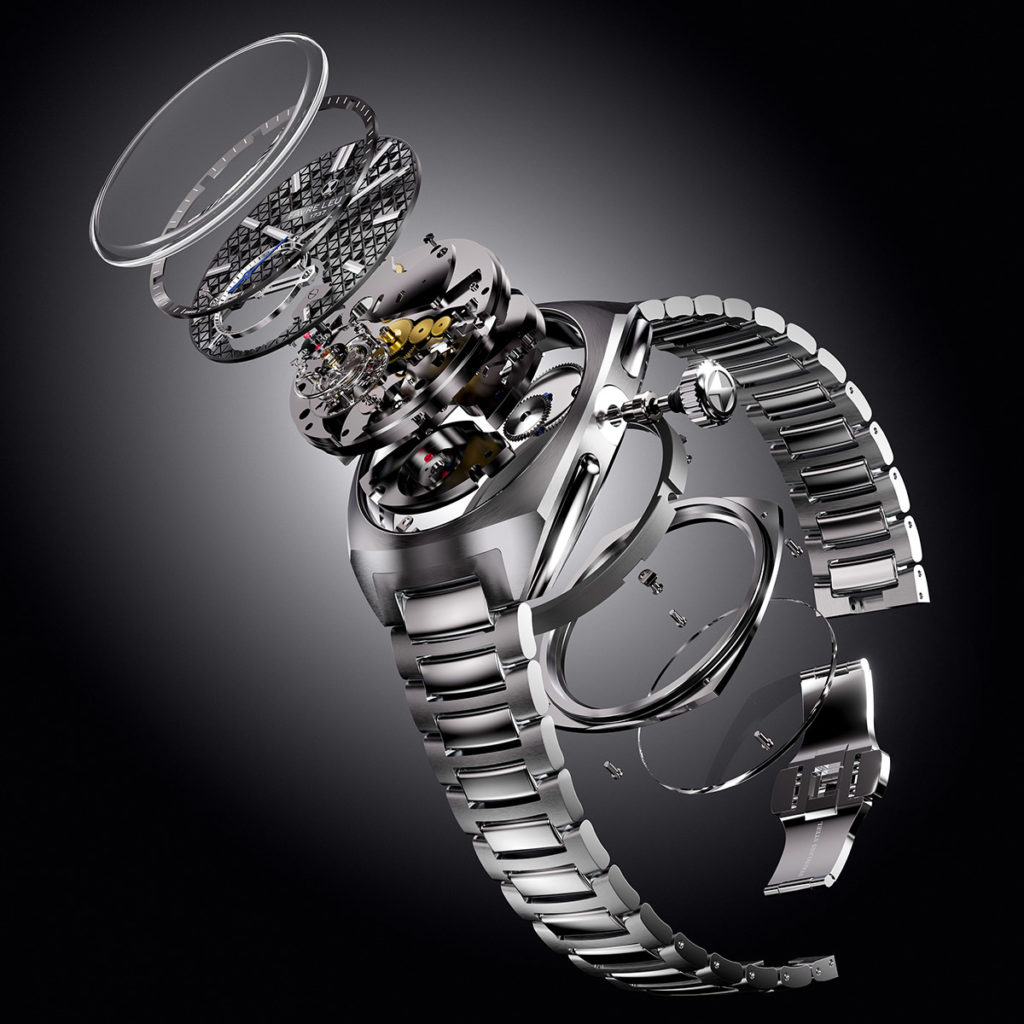
A Detailed Dial On The Chief Tourbillon
The movement is not the only place where you’d see the emblem though. In fact, it’s all over the dial in the form of a pattern derived from the triangles of the hourglass logo. These pairs of triangles are alternately embossed and debossed on the multi-level dial, with a combination of sunburst and matt finishing on the different levels.
“The dial is how a timepiece reveals its character,” says Patrik Hoffmann, CEO of Favre Leuba. It truly represents the brand, even if it was created especially for this model. Painstakingly worked on by skilled craftspeople, the pattern really comes alive when viewed from different angles, depending on how light falls on it. Further to that, the dimensionality of this dial is enhanced by the 3D brand logo in white, and the applied hour markers. All of this beautifully frames the tourbillon cage at six o’clock that also features a blued seconds hand.
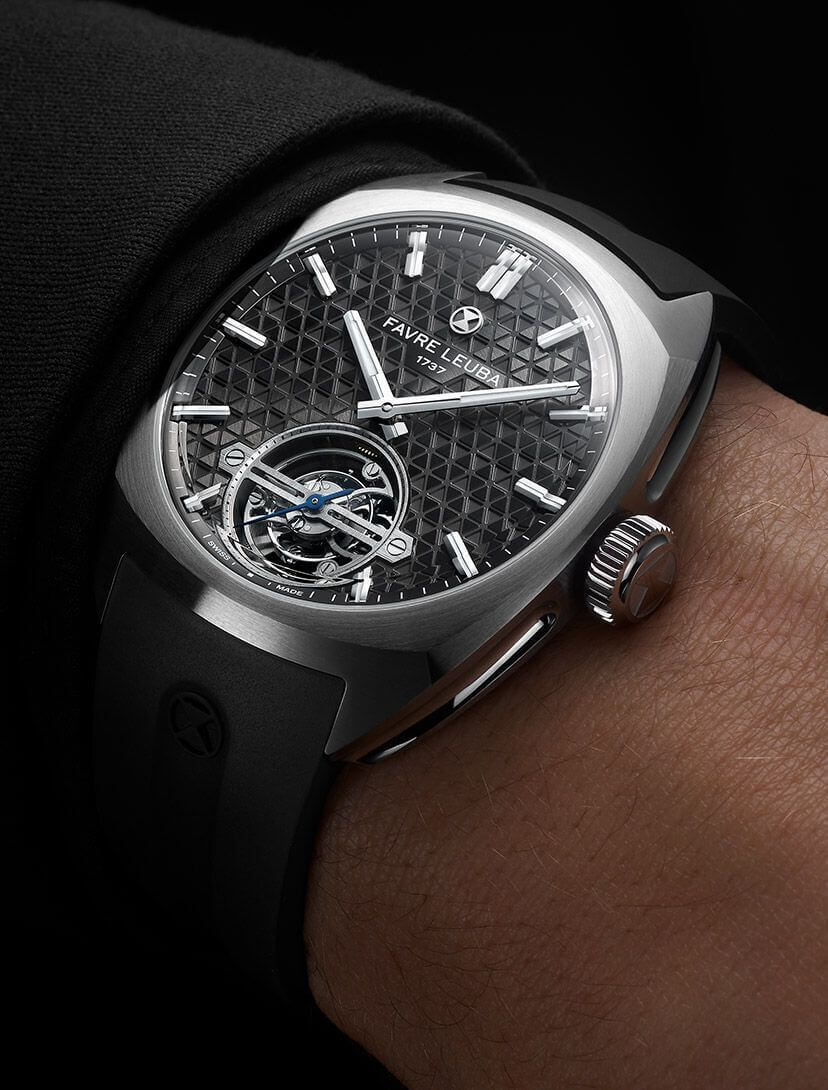
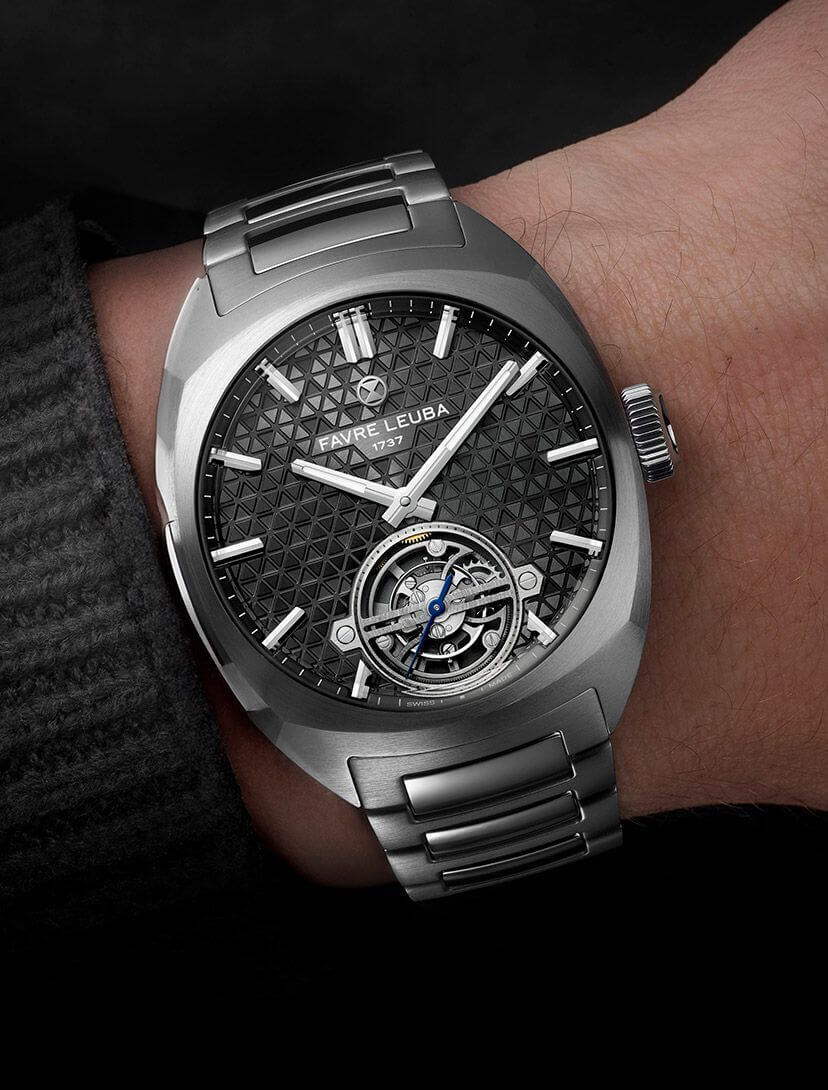
Chief Tourbillon: Continuing The Cornerstone Of The Brand’s Revival
All this visual and technical brilliance is housed in a steel case that measures 41mm, in a cushion shape that draws from the brand’s illustrious past. “The Chief collection is the cornerstone of Favre Leuba‘s renaissance,” states Hoffmann. “While the first Chief captivated with its cambered cushion case that gently softens at the four corners, the Chief Tourbillon opens a new chapter with the most intricate complication in our history. It demonstrates both our technical and aesthetic ambition, our exacting standards, and what we’re capable of delivering at an unmatched price point for this level of technical sophistication and finishing.”
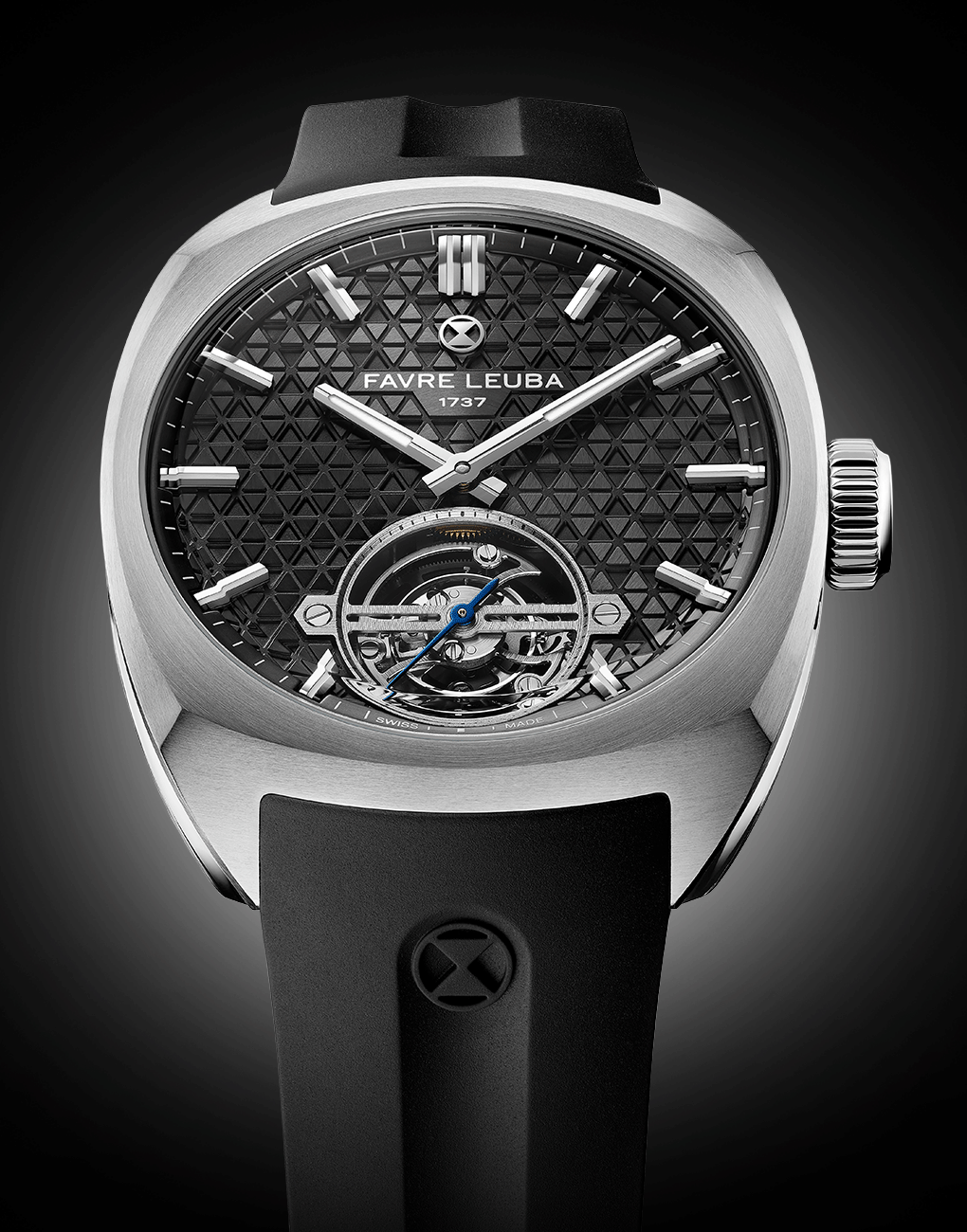
This fine finishing is also seen on the brushed and polished surfaces of the steel bracelet. Meanwhile, the Chief Tourbillon also comes with an additional rubber strap in black—both easily interchangeable. Along with the extra strap, the Chief Tourbillon’s wooden box also contains a branded medallion and a loupe that will help you admire the details of the timepiece more closely. Making the proposition even more exclusive is the fact that this first tourbillon from Favre Leuba is limited to just 25 pieces.
